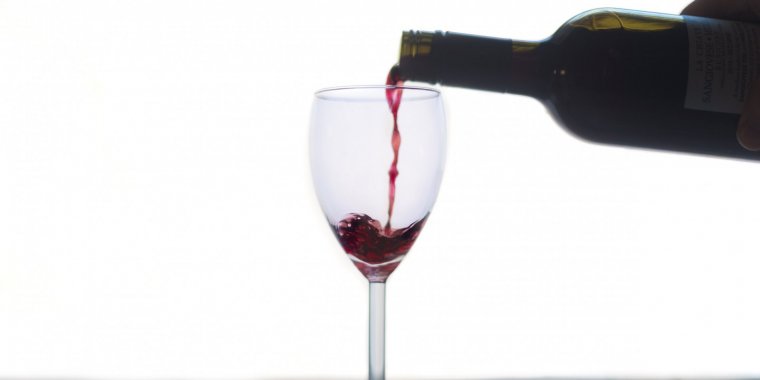| News / Science News |
Nanofibers linked to a red wine chemical could help prevent oxidation
Spoiling foods, souring wine and worsening wounds have a common culprit -- a chemical reaction called oxidation. Although the ill effects of these chemical reactions can be curtailed by antioxidants, creating a sturdy platform capable of providing prolonged antioxidant activity is an ongoing challenge.

Nanofibers linked to a red wine chemical could help prevent oxidation. Photo: Patrick Fore/Unsplash
Researchers at Texas A&M University might have solved this problem with new antioxidant mats. Made from an intertwined network of ultra-fine strands of a polymer and an antioxidant found in red wine, the mats are strong, stable and capable of delivering antioxidant activity for prolonged periods of time.
"Our innovation is that we have fine-tuned the steps needed to spin defect-free, ultra-microscopic fibers for making high-performing antioxidant mats," said Adwait Gaikwad, a primary author of the study. "Each fiber is linked to several antioxidant molecules, so the final mat, which is made of millions and millions of such fibers, has enhanced antioxidant functionality."
Although oxidation is a common natural phenomenon, it can be detrimental if left unchecked. In alcoholic beverages, too much oxidation leads to the formation of acetaldehyde from the alcohol, altering the drink's taste, color and aroma.
In the body, oxidative stress causes a buildup of free radicals that can harm healthy cells and body tissue.
However, oxidative reactions can be kept under control by the action of antioxidants. Antioxidant compounds readily combine with ambient oxygen or donate electrons to neutralize charged radicals. Among many antioxidants, a molecule in red wine called tannic acid is also antibacterial and antiviral.
The researchers said these remarkable properties are a result of groupings of atoms called polyphenols in tannic acid's molecular structure. (National Science Foundation)
YOU MAY ALSO LIKE





